I’ll be honest, JRPGs just don’t grip me unless there’s something truly unique about them. I’ve probably only played a handful in my life that I can say I’ve actually enjoyed. I’m not entirely sure what it is, considering I tend to enjoy many western RPGs, but that’s just the way of things I suppose.
So when I say I found Shining Resonance: Refrain rather interesting, that’s not a statement you should take especially lightly. It definitely came with its fair share of problems and features I wasn’t quite fond of, but its theme resonated with me in a way that I can’t say many other RPGs have.
Shining Resonance: Refrain — A Sweet Melody or Dissonant Chords?
SR:R is a remake of a PS3 game that never made it out of Japan. It’s the last game in a series with roots that stretch all the way back to 1991 on the Sega Genesis. It’s about a boy, Yuma, who discovers he has the power of the strongest World Dragon inside of him, the Shining Dragon. It’s a great and terrifying power that threatens to rend the world asunder if he ever loses control of it.
At the start of the game, he’s saved from the dank cells of the Empire’s prison by a Princess of a warring nation and a renown Dragoneer, wielding one of the seven legendary Armonics — a powerful magical instrument that can commune with dragons and serves as a weapon in combat. And this is where the game hooked me.
Not only does this title promise you the rare opportunity to beat down your foes as a mighty dragon, but everything about it sings to the music geek inside of me. The strange and fascinating fixation on dragons and music was enough to keep me playing for dozens of hours. On the flip side, however, I regret to say that this concoction was most of what kept me going that whole time.
I didn’t have a ton of expectations going into it, however, I did find myself pretty excited when I found out about the music aspect of the game. Additionally, I can’t recall a time where I’ve ever played as a dragon in a video game before, especially not in a live action combat system, so I was pretty hyped to see how it would turn out.
So how did I feel once I finally got my hands on the game? Well…
Where it Harmonizes
Shining Resonance: Refrain does a few things rather well. While I can’t say the story ever left an impression on me, it wasn’t bad. In fact, I’d even go so far as to say it’s pretty good, but it’s certainly nothing phenomenal. There aren’t a lot of big mysteries, twists, or surprises, and things start to become fairly predictable after a fashion.
Rather than the story compelling me forward, though, I was rather hooked on the characters. A lot of them follow pretty traditional anime tropes, but their personalities still shine strong and a lot of them turn out to be pretty interesting. You’ll even see a lot of character growth throughout the game, not just from the initially timid main character, but for the rest of the cast as well.
If you’re looking to take a deeper dive into your party members, you can even utilize the game’s romance system. Yuma, the main character, can date both the guys and the girls in the party, and he’s not restricted to one partner, either. However, you’ll ultimately only be able to see the relationship “ending” of one character in a save file.
As you build your relationships with your party members, they will gain traits that you can equip in the Bond Diagram. This diagram allows you to arrange characters next to each other in order to determine who’s buffing or benefiting who in combat. It’s a pretty unique, deep, and rather uncomplicated system if you’re willing to spend the time fiddling with it.
In combat, there’s a sweet B.A.N.D. system that you can utilize if you have at least two Armonic-wielding Dragoneers in your party. You build up your B.A.N.D. meter simply by attacking enemies. Once it’s filled past its minimum threshold, you can play a song that has different buffs depending on who’s at the center of the B.A.N.D. You’ll even learn new songs to play as you progress in the main story.
And while we’re talking about neat combat mechanics, I have to say that fighting as a dragon is pretty cool, and I honestly think that the whole mechanic is really well designed. When playing as Yuma, you can transform into a dragon at any time for a considerable power boost. However, it slowly drains his pool of MP over time. To add to it, if you try any action as a dragon while your MP is too low — around half — then you run the risk of going berserk and losing control of the dragon.
When the dragon goes berserk, it attacks anything and everything indiscriminately, and can do some serious damage to your party if you’re not careful. The only way to soothe it or prevent it from going berserk entirely is to start a B.A.N.D. session in combat. Heck, having an active B.A.N.D. will even benefit the dragon and allow it to break the enemy’s guard with its most basic attacks, so using the two special abilities in tandem tends to pan out well.
Not everything about combat is sunshine and rainbows, however.
The Grating Dissonance
Combat is something of a mixed bag. It has some good elements, but ultimately it ends up feeling off and like it doesn’t bring a lot to the table. Swinging your weapons feels awkward and the system of casting spells — or “Forces” — isn’t dissimilar to how it is in most JRPGs. The live action combat tricked me into a false security of the game being somewhat skill-based. Unfortunately, though, several enemy attacks aren’t even telegraphed in time for you to get out of your own dreadfully long attack animations and react.
On top of that, if your party levels aren’t up to snuff, you’re going to be in for a world of hurt. It’s amazing how big of a difference 3 measly levels actually make when it comes down to it, let alone trying to face off against main story bosses that have a solid 5-7 levels on you. This leads to a necessity of a bit of grinding, or at least the tenacity to kill every single enemy between you and your next objective. With the clunky combat, though, this can quickly turn into a chore.
Let’s take a turn to talk about the map and level design. I’m almost inclined to say, “What level design?” It’s really not that great. Every map, including the singular hub town, feels so simplistic and bare bones that they’re boring to run through from the start. And it doesn’t help that you’re forced to revisit maps a lot, rarely ever granting you the opportunity to see new places. There isn’t really a fast travel system, either, except for an item you can buy to teleport you back to the hub.
There are of course some items spread about the maps — a few materials and a couple of rare treasure chests — that are supposed to add to your sense of exploration, and while it did compel me to check around every corner, the maps just felt ultimately boring and uninspired. This is something I see in a lot of JRPGs, unfortunately, and it puts me off every time. I don’t need a great big open world game to be satisfied, but I would like areas with at least a bit of thought put into them.
I was originally willing to write off the poor level design and clunky combat as drawbacks of this being a port of a PS3 game, but then I remembered just how much could be accomplished on a PS3. I mean, games like Dark Souls and Skyrim were originally released on that console, and they definitely weren’t lacking quite like this.
Finally, let’s talk about side quests. This game is the shining example of how not to do side quests. It almost feels like I’m playing an MMO, the side quests are that monotonous. And some of them are endlessly repeatable, too. Which I suppose is nice if you’re going for certain rewards from them, but I only ever even found a few of them worthwhile. There’s game content locked behind a few of them, too, so it’s unwise to pass them over, I just wish they were a little more compelling.
As a closing note, it’d be wrong to talk about a game that has so many musical elements without touching on the music itself. Unfortunately, it’s not that great. There is a track or two that was catchy enough to get stuck in my head for awhile after putting the game down, and some music may even sound rather pleasant upon first hearing it, but every track quickly wore on me the more I heard them. It’s unfortunate, really, because this is the one part of the game where I had relatively high expectations.
Verdict: Just a Bit Offbeat
Shining Resonance: Refrain has such a mesmerizing theme with its focus on dragons and music, and while I was able to stick with the game for several hours because of it, it ultimately wasn’t enough to save it for me. While the game featured some unique mechanics and interesting characters, the clunky gameplay just killed the experience for me. Maybe most JRPGs just aren’t for me.
If you’re a fan of JRPGs and think the concept of playing as a dragon and beating up enemies with musical instruments is pretty rad, then you’ll probably enjoy this game a lot. If you’re interested in strong characters and potentially getting to know them on a romantic level, you may like this game too. Otherwise, I’m not really sure if I can personally recommend dropping the money on this.
It’s got a great concept, I just wish it was executed a bit better.
Shining Resonance: Refrain is available now for $50 on PC, PlayStation 4, Xbox One, and Nintendo Switch.
[Writer was granted a review copy of the game from the publisher.]

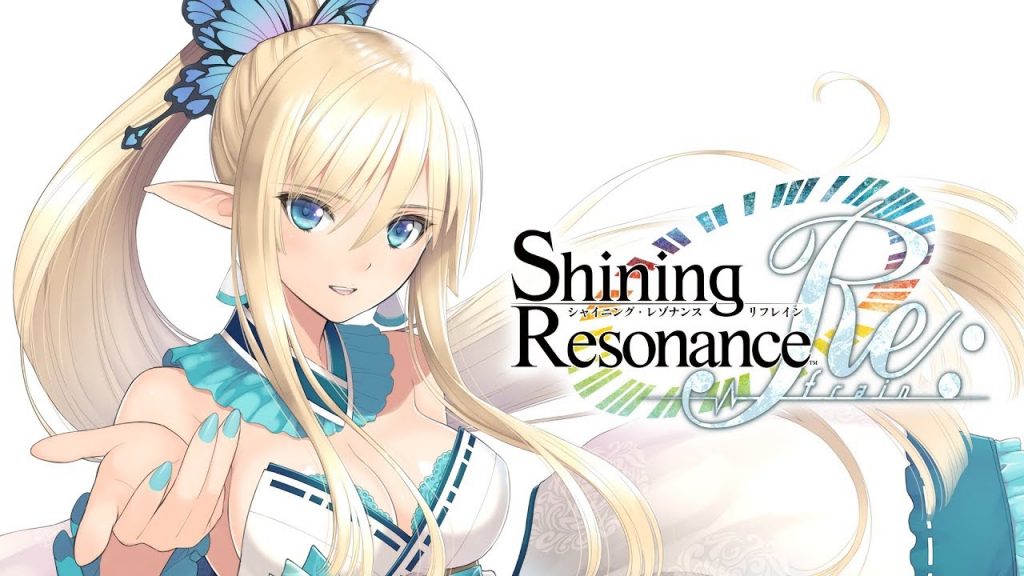
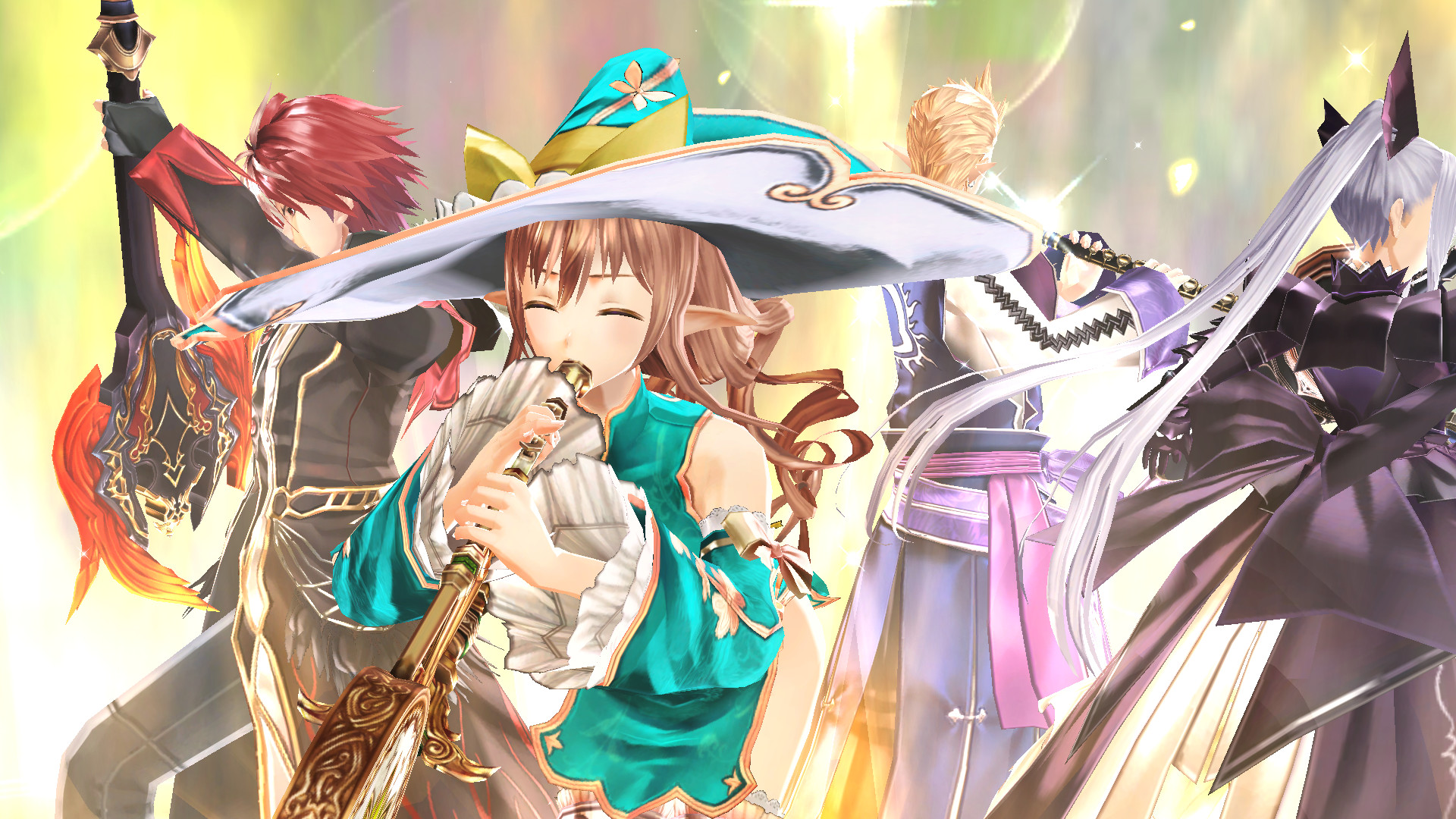
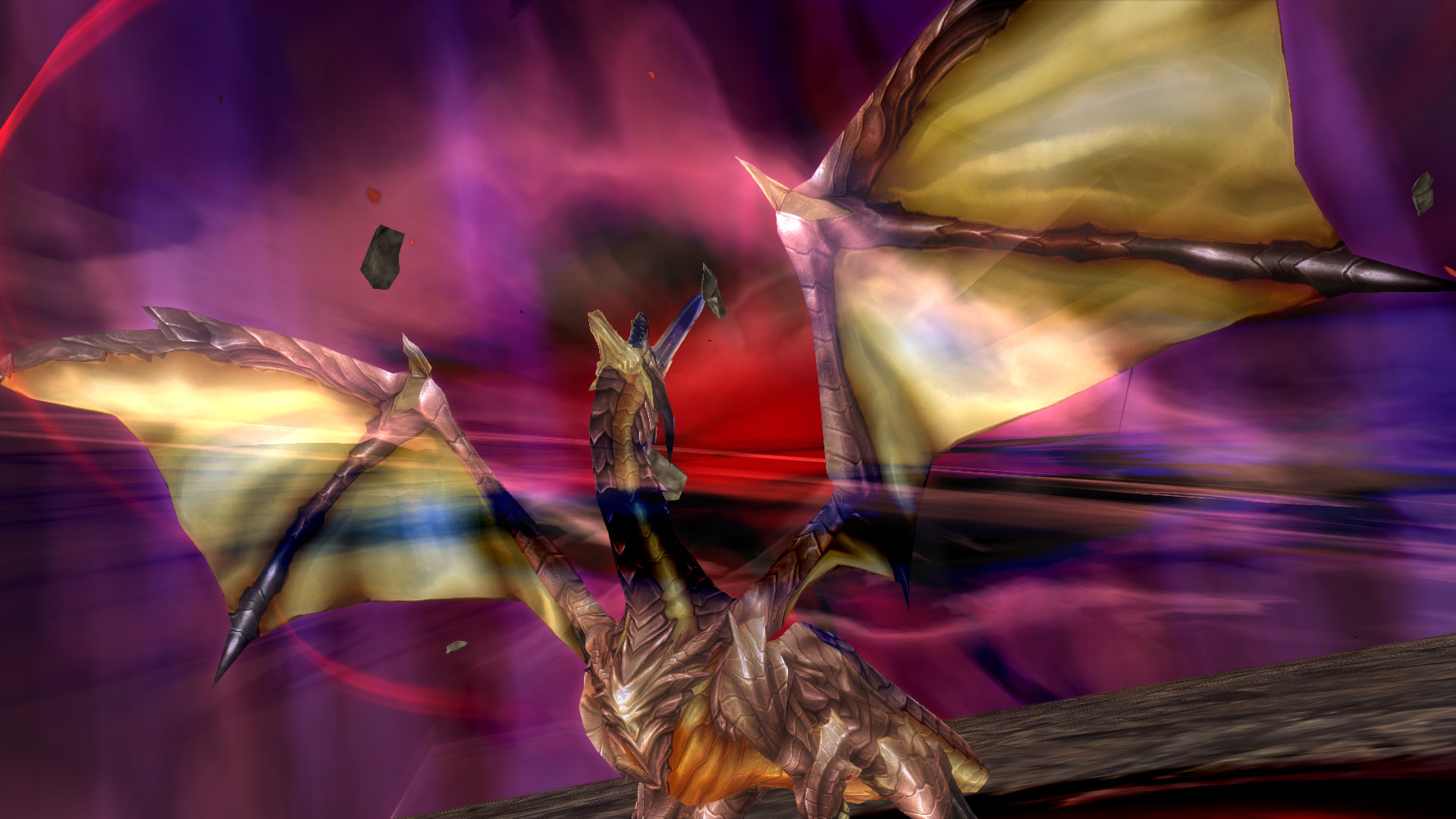
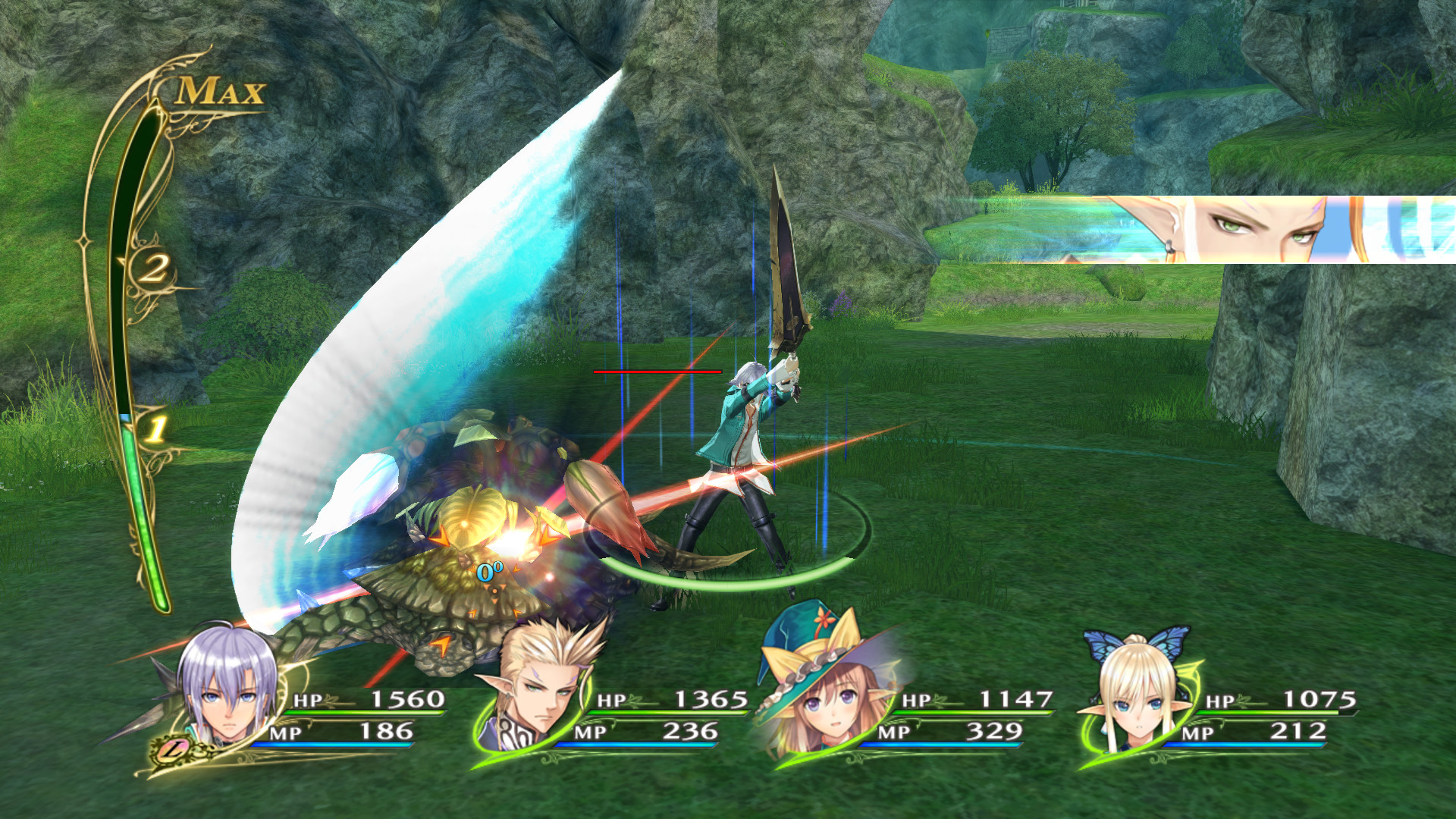
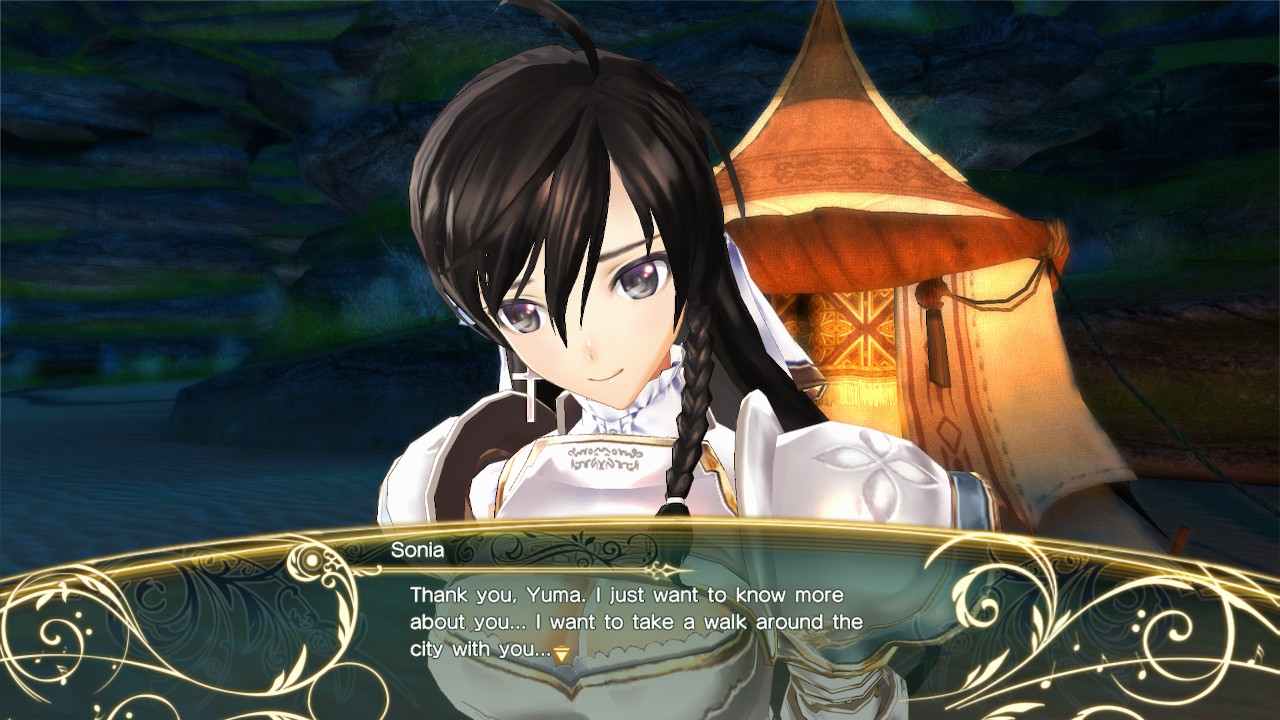





Published: Jul 14, 2018 12:36 pm